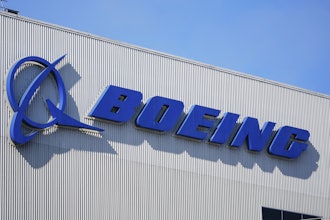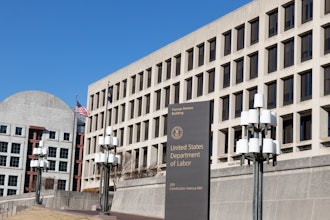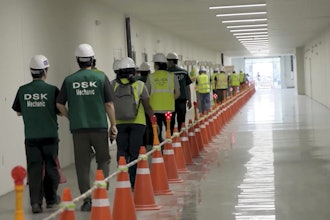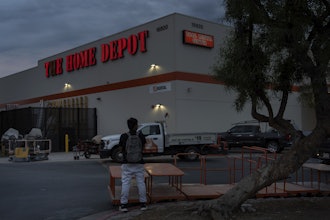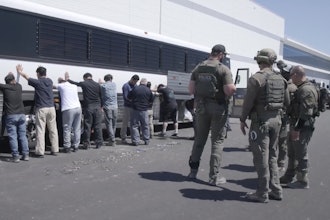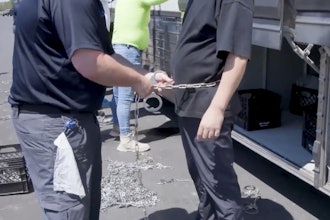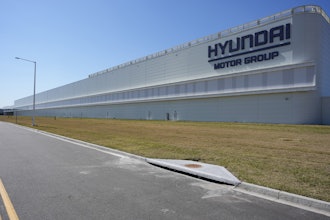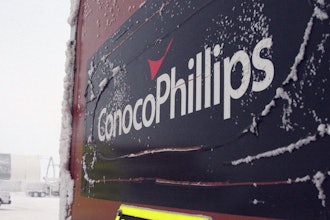HR departments in the manufacturing industry must often take a unique approach to common practices for recruiting, onboarding and compliance, as they navigate through unionized/nonunionized workforces, full-time employees, project-based contractors and more.
As manufacturing firms adapt to today’s changing HR landscape, the methods they use to simplify the management of HR documentation and associated processes is becoming increasingly vital. Today’s ecosystem of HR information is becoming more complex, and to stay ahead of the curve, manufacturers should focus on three areas to ensure modern, efficient and controlled approach to HR documentation and associated processes:
Increase Visibility Into Onboarding Processes
The process of onboarding new workers is often a tedious and inefficient journey for manufacturing firms. The workforce demographic can vary greatly from firm to firm — from in-house employees to hired contractors, full-time versus project-based, unionized or nonunionized — the list goes on. Additionally, for the organizations that still rely heavily on paper documentation, the transition from paper forms to electronic files adds another layer of complexity.
To bring greater visibility and clarity into onboarding processes for each type of employee, first examine the systems and infrastructure — such as HR management, information management and compliance — in place for managing HR processes. These systems are designed to make your HR team’s lives easier, but when mismanaged, they can quickly become more of a hindrance than a help. Indeed, a one-size-fits-all solution to cover all HR documentation processes isn’t ideal for addressing a manufacturing firm’s specific needs. Rather, you should look toward intelligent solutions that can adapt to those needs and make the best use of the systems you already have in place. Intelligent information management systems will allow users to integrate all the existing systems and data sources into a single solution, providing state-of-the-art functions and easy-to-use user experiences regardless of the capacities of the various existing legacy solutions. As a result, there will be no need for a tedious migration of all your HR data, and instead you will have one system that connects your various HR teams to all the documentation needed to streamline your business processes.
Secure Sensitive Employee Data
Manufacturing companies must manage a significant amount of confidential HR information, such as benefits, injury or illness records for OSHA compliance, etc. Furthermore, this plethora of information may reside in a variety of locations, including paper-based systems, network file folders, HR systems, email and more. The amount of information and repositories it resides in are both growing quickly, which in turn increases the risk that sensitive HR information is leaked. When HR information needs to be stored and/or shared, do you have the proper security protocols in place to ensure that confidential content can only be accessed by authorized individuals?
An audit of existing HR information repositories can provide a benchmark for where your organization’s security stands. The audit will give insight into what types of information are stored where and if multiple copies exist in multiple locations.
Manufacturing firms need to know where information is stored and how long it has been there. Certain regulations require employee information to be destroyed after a set period of time.
Intelligent information management systems can help automate the document lifecycle, notifying your HR department when it’s time to clean house. They can also help streamline HR processes by granting and restricting access to certain employees based on which HR process they’re involved in. Restrictions can be set based on title, location, etc. This goes a long way in mitigating unwarranted access to private, sensitive information, thus greatly reducing the risk of a disastrous employee information leak.
Ensure Version Control
When searching for and viewing an HR document, are you looking at the single source of truth, or are there 10 different versions held in 10 different places, like file cabinets, desktops and often unmonitored repositories like Dropbox? According to a Dimensional Research survey commissioned by M-Files, 67 percent of respondents cited that navigating through different systems and locations to find and verify the most current versions of documents or files negatively affects their productivity.
Information silos that stem from these disparate “final” versions create security risks as well. Users that work from outdated documents create unnecessary copies of sensitive information, thus creating more opportunities for information leaks.
Good version control benefits HR departments by protecting employee data while still making the data easily accessible for HR staff to rout through required approvers. It ensures that multiple copies of an employee document aren’t floating around in the ether, and it ensures that all approvers are working off the same document, like a performance review.
Version control also helps HR departments manage records throughout their entire lifecycle. A key aspect of compliance is the end-of-life of outdated documents. HR departments that can minimize multiple versions of the same document can ensure that their systems properly adhere to information governance policies. Once deleted, they can be sure that the document/information is truly gone.
Effective management of HR documentation in manufacturing is a challenge for organizations large and small, but processes that were once slow and risk-prone can be secured, streamlined and automated. Just as automation is key to manufacturing in the modern world, so it can also help back-office processes like HR. With better visibility, data security and version control, businesses can secure and simplify the management of their HR documentation, thus allowing them to focus on more profitable business goals.
Mika Javanainen is VP of Product Management at M-Files.










